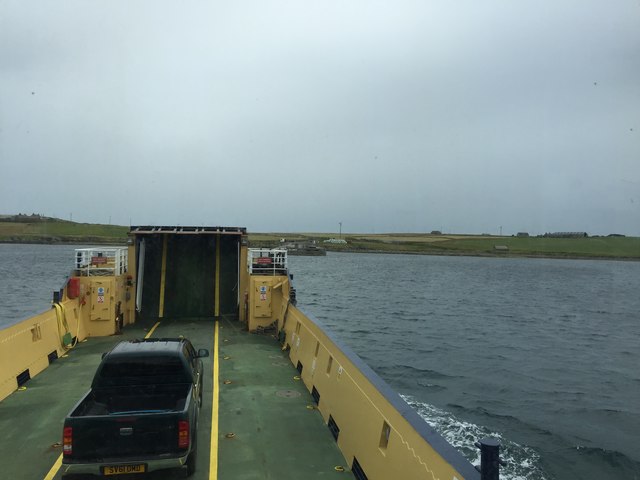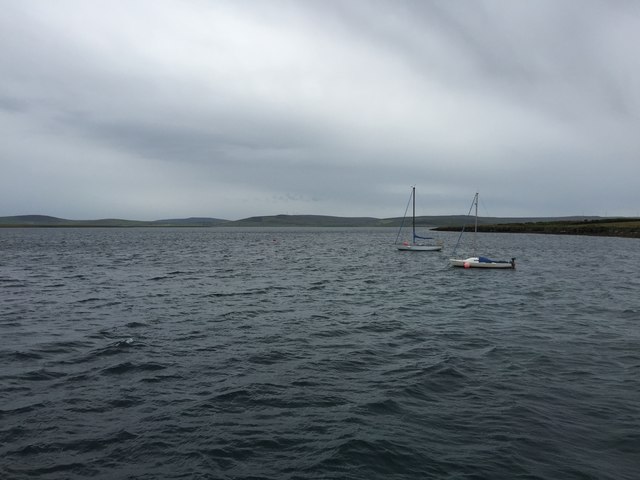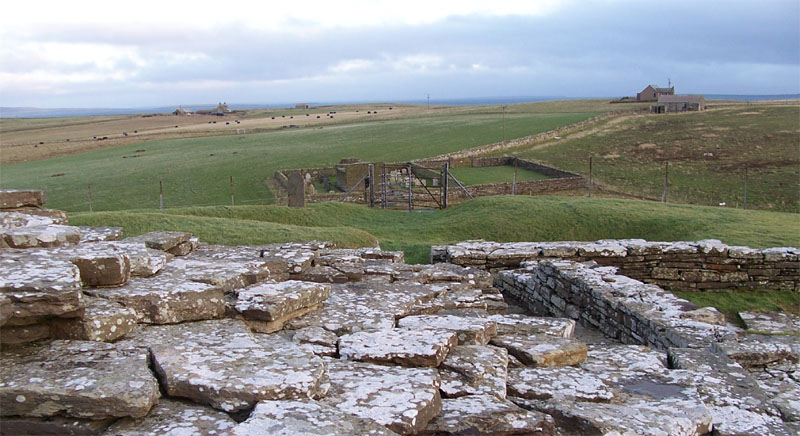The Taing
Coastal Feature, Headland, Point in Orkney
Scotland
The Taing
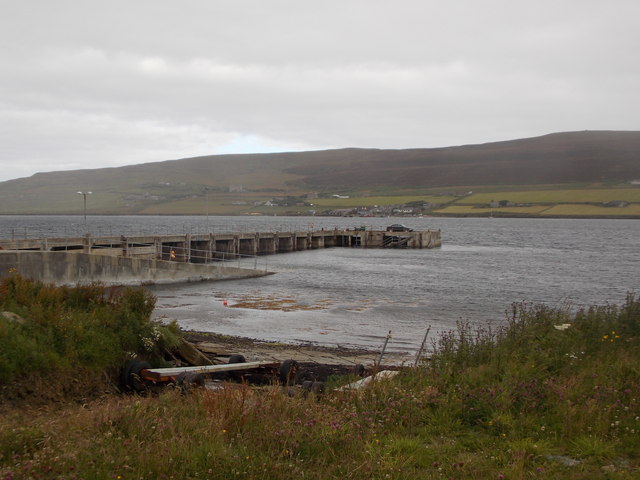
The Taing is a prominent coastal feature located in Orkney, an archipelago in Scotland. It is a headland or point that juts out into the North Sea, offering stunning views of the surrounding ocean and the rugged coastline. The Taing is situated on the eastern side of the Mainland, the largest island in the Orkney group.
The Taing is characterized by its sheer cliffs, which are composed of layers of sandstone and shale. These cliffs provide a nesting habitat for various seabirds, including guillemots, fulmars, and kittiwakes. Birdwatchers often visit the area to observe and study these fascinating creatures in their natural habitat.
The headland is also known for its rich marine life. The surrounding waters are teeming with a diverse range of species, from colorful fish to seals and even occasional sightings of dolphins and whales. Many visitors enjoy exploring the rock pools at low tide, where they can discover a myriad of fascinating creatures such as crabs, starfish, and anemones.
In addition to its natural beauty, The Taing has historical significance. It is believed that the headland was once used by Viking settlers as a lookout point, as it provides commanding views of the surrounding sea and coastline. Today, the area is popular among hikers and nature enthusiasts who appreciate its unspoiled beauty and tranquil ambiance.
Overall, The Taing is a captivating coastal feature that combines stunning natural scenery with a rich historical background. Whether it's observing seabirds, exploring rock pools, or simply enjoying the breathtaking views, The Taing offers a memorable experience for visitors of all ages.
If you have any feedback on the listing, please let us know in the comments section below.
The Taing Images
Images are sourced within 2km of 59.114269/-2.9989808 or Grid Reference HY4225. Thanks to Geograph Open Source API. All images are credited.
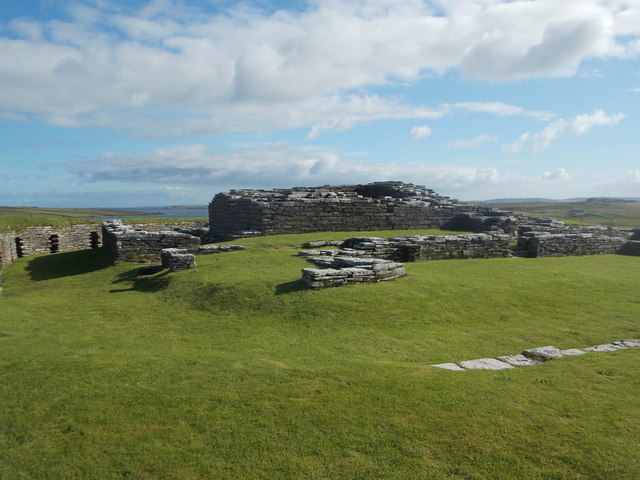
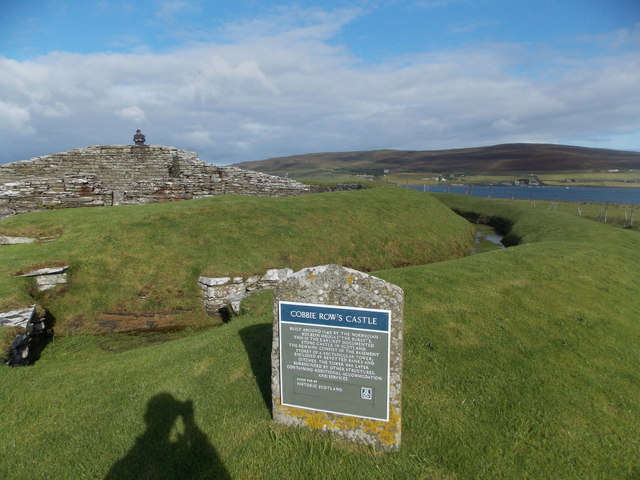
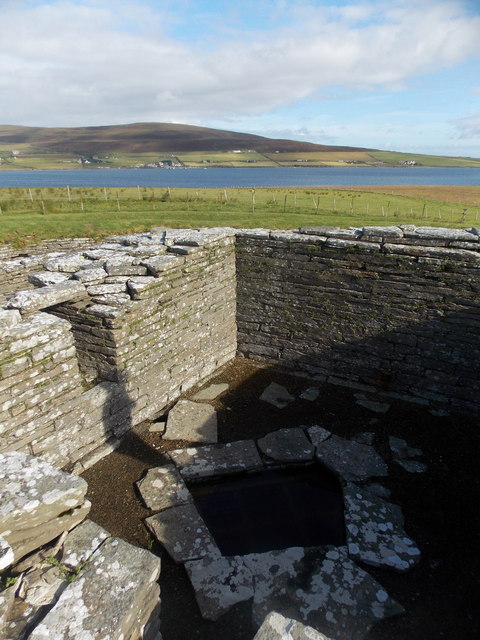
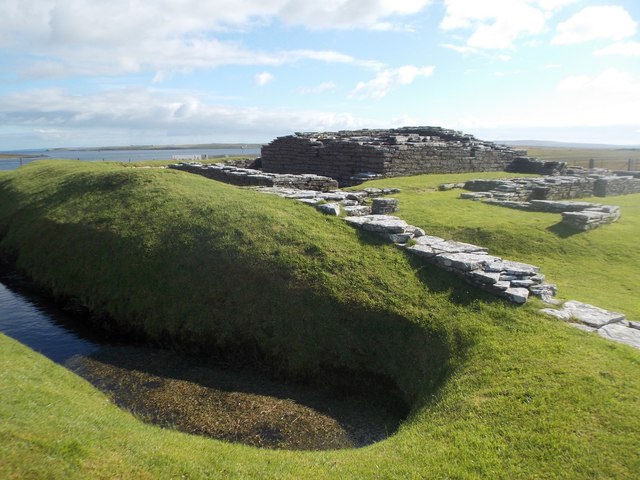

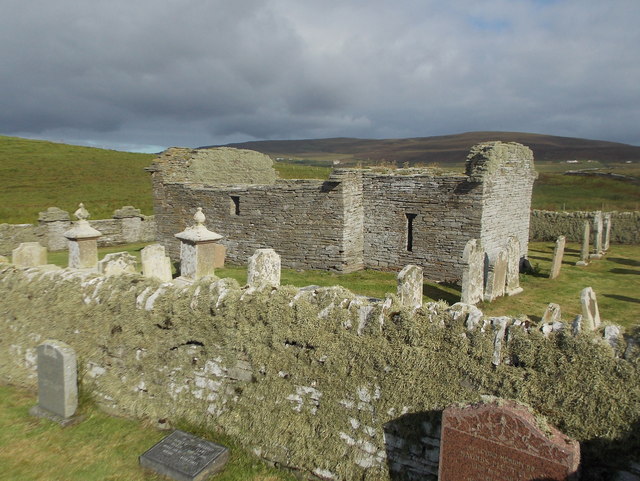
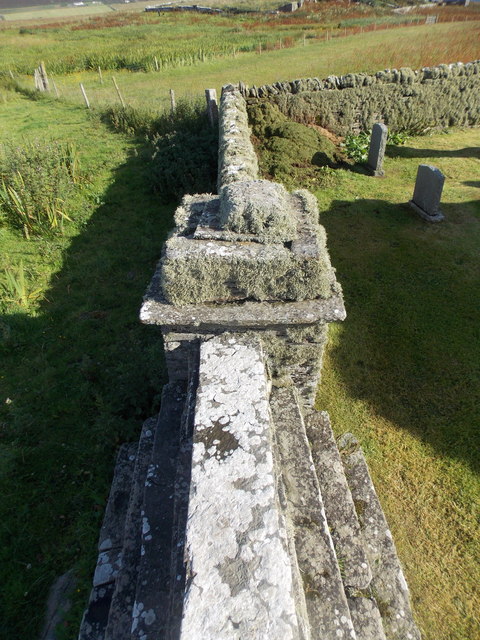
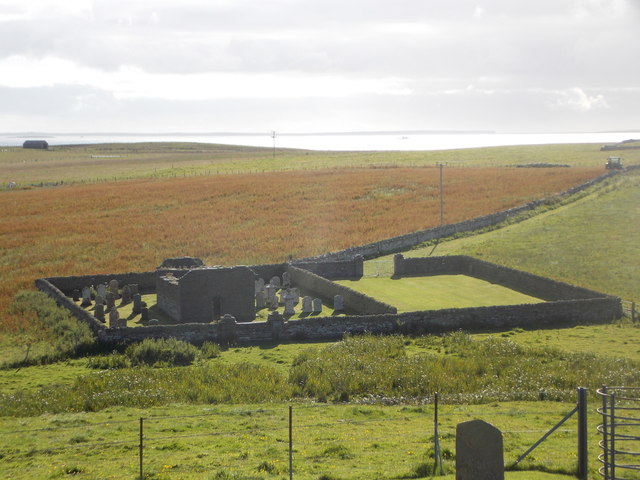





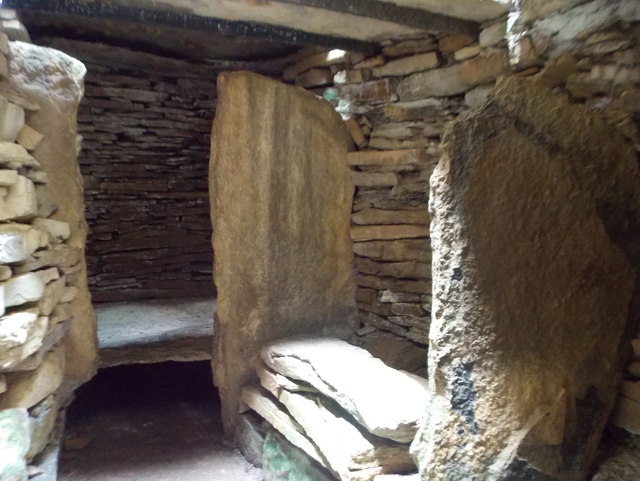
The Taing is located at Grid Ref: HY4225 (Lat: 59.114269, Lng: -2.9989808)
Unitary Authority: Orkney Islands
Police Authority: Highlands and Islands
What 3 Words
///apricot.lined.drumbeat. Near Brinian, Orkney Islands
Related Wikis
Cobbie Row's Castle
Cobbie Row's (or Cubbie Roo's) Castle is the oldest medieval castle known to exist in Scotland. The castle ruins are located on the island of Wyre in Orkney...
St. Mary's Chapel, Wyre
St. Mary's Chapel is a ruined 12th century chapel found on the island of Wyre, in Orkney, Scotland. It is thought to have been built by a Norse chieftain...
Wyre, Orkney
Wyre (historically known as Viera and Veira) is one of the Orkney Islands, lying south-east of Rousay. It is 311 hectares (1.20 sq mi) and 32 metres (105...
Taversöe Tuick
Taversöe Tuick (or Taversoe Tuick) is a Neolithic burial cairn on Rousay, Orkney, Scotland, thought to date from between 4000 and 2500 BCE. The monument...
Nearby Amenities
Located within 500m of 59.114269,-2.9989808Have you been to The Taing?
Leave your review of The Taing below (or comments, questions and feedback).
